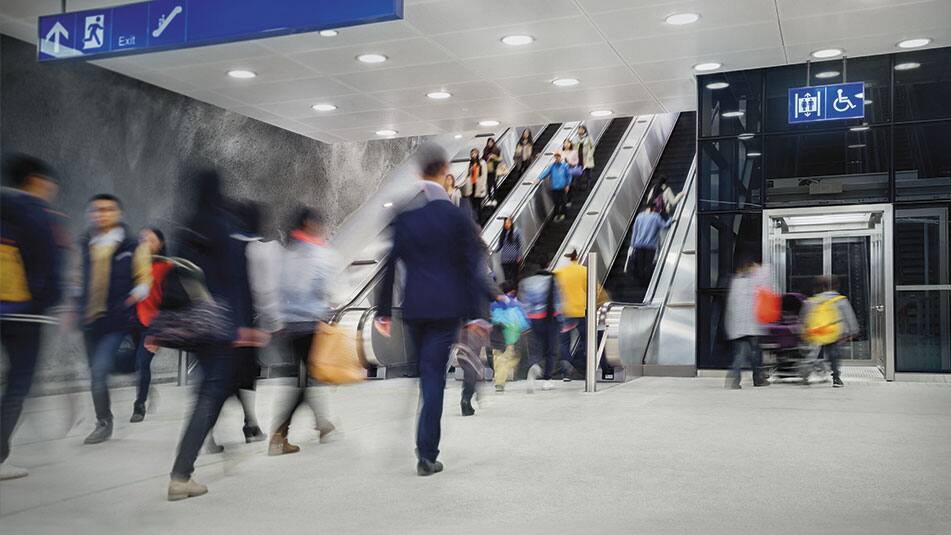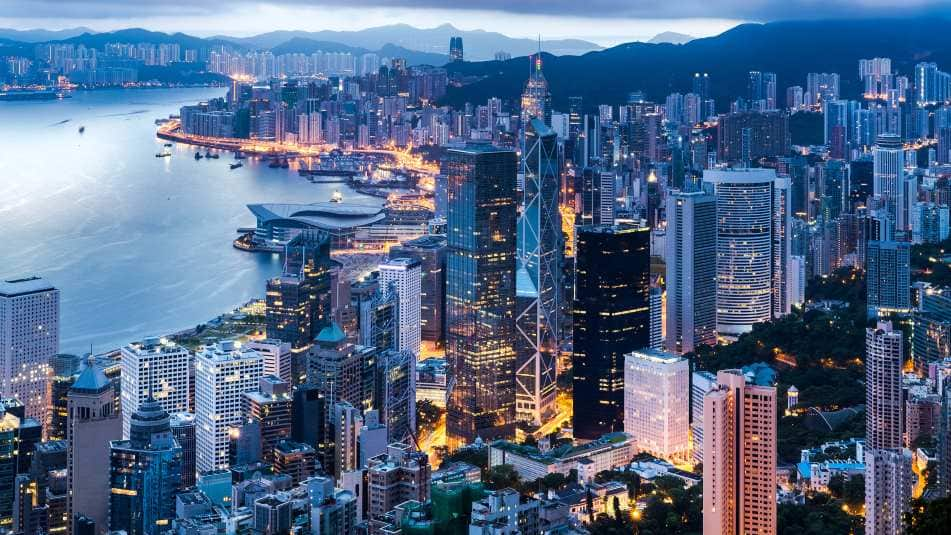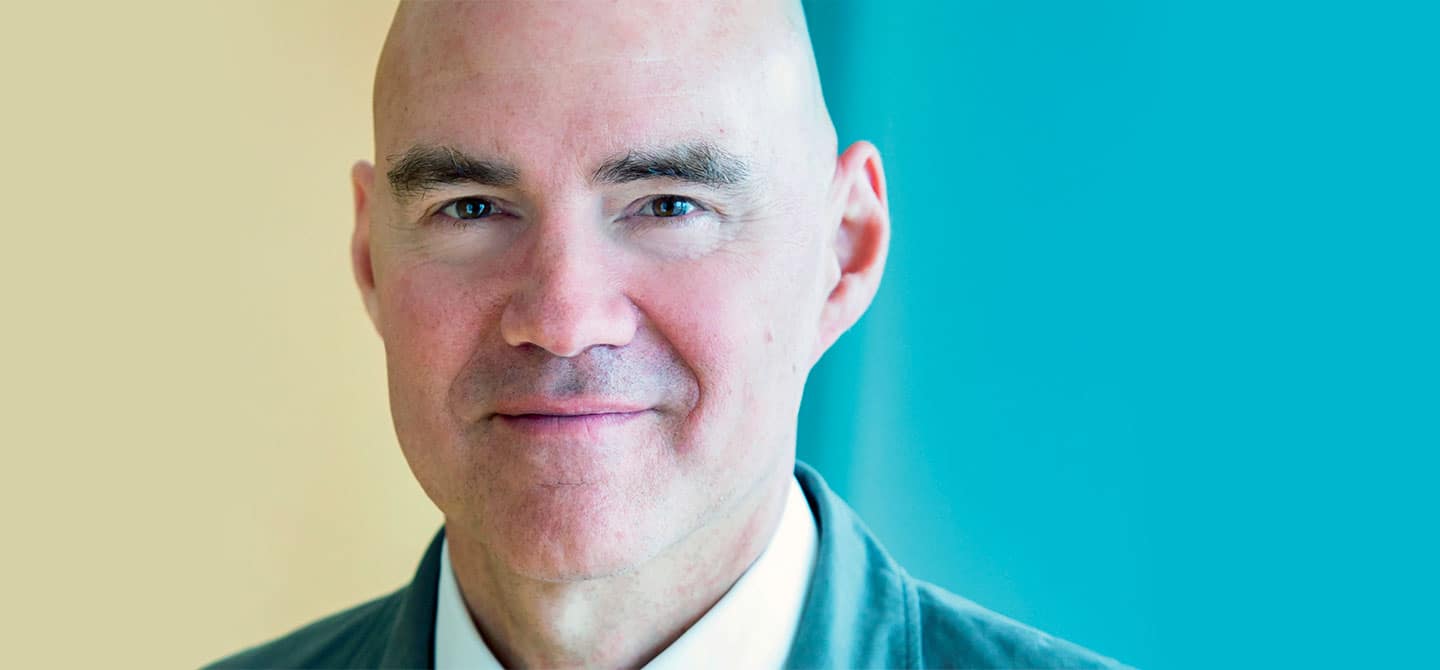Are you interested in KONE as a corporate business or a career opportunity?
Corporate siteMay 27, 2019
We are living in an extraordinary age of cities. As a percentage of the total global population, more people live in cities than ever before in history. The most productive cities continue to attract the vast majority of talent, innovation and opportunity. But there’s a paradox for high-performing cities: the more attractive cities become, the more challenges they have for housing affordability, travel congestion and environmental quality. These challenges in turn undermine the cities’ fundamental draw.
One of the most important things a city can do to maintain its competitive edge is to encourage productive increases in urban density while at the same time improving quality of life and amenities. This balance allows large numbers of people to interact with each other and for trade and exchange in as seamless a way as possible. Smart development strategies are essential, and they range from comprehensive, well-coordinated planning to the integration of digital technologies that minimize transport congestion and improve the ground-up responsiveness of city administration.
Aiming to improve livability
The best innovations in transport reduce barriers to natural pedestrian-oriented movement. They increase the number of people who can easily access the urban system and they also improve livability – the quality of user experience.
Technical innovations combined with good design make buildings and cities more attractive to users. Comprehensive vertical transportation solutions contribute significantly to livability. Addressable elevator systems, for example, with destination dispatch algorithms to answer a given request, are just some of the innovations that allow workplaces and institutions to increase their critical density and vibrancy.
But advances in vertical transport technology are only part of the answer. It is increasingly important to consider the typical user’s journey as a whole rather than simply maximizing the performance of any single part of it. Even if an elevator performs exceptionally well, it is of little value to the user if the movements before or after the elevator journey are cumbersome or not well-integrated into the overall trip. If we save 30 seconds waiting for an elevator but waste 30 minutes during the rest of the commute, we will consider our options and perhaps go somewhere else.
So we must consider how comprehensive urban planning, including thoughtful consideration of the “in-between” areas between use groups and transport modes, is a big part of a city’s success.
Early vs. recent adopters

High-performing cities across the world, supported by proactive governments, are embracing smart solutions for urbanization. Many European countries like the Netherlands, with hubs like Amsterdam and Rotterdam, were early adopters of smart solutions.
But in several cases, cities that digitized their services only recently have greater rates of absorption than cities that initiated similar services earlier. New York City, for example, launched e-government almost a decade ago, but Mexico City has comparatively greater usage in only a few years. São Paulo and Moscow have the highest socialization of e-hailing services, greatly increasing affordability and convenience of mobility. Moscow and Dubai have made great efforts to digitize government services and move them online.
Cities that are challenged by some of the highest historical population growth and densification rates have been the quickest to adopt smart solutions; Shanghai, Hong Kong, Seoul and Singapore are in a small group of cities where more than 30 percent of the population routinely embraces technology in this way.
Asian cities offer smart lessons
While European cities have traditionally defined what “livability” can be like, it’s Asian cities that offer lessons in how to deliver the next generation of supporting infrastructure more rapidly. Asian cities have leapfrogged many European ones in smart strategies partly because their governments are more technocratic to begin with, because they are more open to sharing-economy strategies, and also because they had greater urban challenges to overcome.
Many African nations are experiencing massive rural-to-urban migration, and the rapid growth of their related cities is both a response and a driver for economic development; these cities will have to rise up to the challenge. They will increasingly compete with European and Asian cities for global talent and investment and will need to achieve and maintain international standards of livability in order to become relevant and competitive on a world scale.
These cities will increasingly seek smart strategies that can help manage urban challenges like traffic congestion, housing unaffordability, environmental degradation and unresponsive governance.
Technical innovations like e-hailing for shared vehicles, smart metering, e-government, and digital payments for real-time services and digitally enabled mobility solutions are some of the tools we can use to overcome urban challenges.
Buildings are performing more strongly with environmental systems that anticipate user needs and adapt to users in real time. Advances in vertical transportation will allow buildings to improve their performance by maximizing usable area in ways that are also more attractive to users.
Innovations in autonomous mobility (especially driverless vehicles), enabled by 5G data networks, and the increasing socialization of the sharing economy will substantially alter the physical landscape; sidewalks will widen, parking areas will reduce, substantial areas currently given over to private vehicles and commodities will be available for other uses and better experiences.
Delivering the greatest urban value

Successful planners will anticipate some of these big spatial shifts and also encourage governance that will balance outcomes and lock in public benefits related to these changes.
But technical innovations and planning improvements are not ends in themselves; they are only a part of the solution. We need to define what we are trying to accomplish in the first place, and then apply broad, integrated urban planning to achieve it.
We will increasingly demand that technology supports our needs rather than simply adapting to the operational limitations of technology. As citizens, industrialists, planners and governments, we will come together to define our promises to each other: how will we deliver the greatest urban value, for the most number of people, and with the least amount of public expense?
As the American journalist Herb Caen once said: “A city is not gauged by its length or breadth, but the broadness of its vision and height of its dreams.”
Christopher Choa is Vice President at AECOM, Global Trustee at the Urban Land Institute and Advisor to the Mayor of London’s Infrastructure Delivery Board. This article was first published in Urban Journeys – KONE References 2018.

